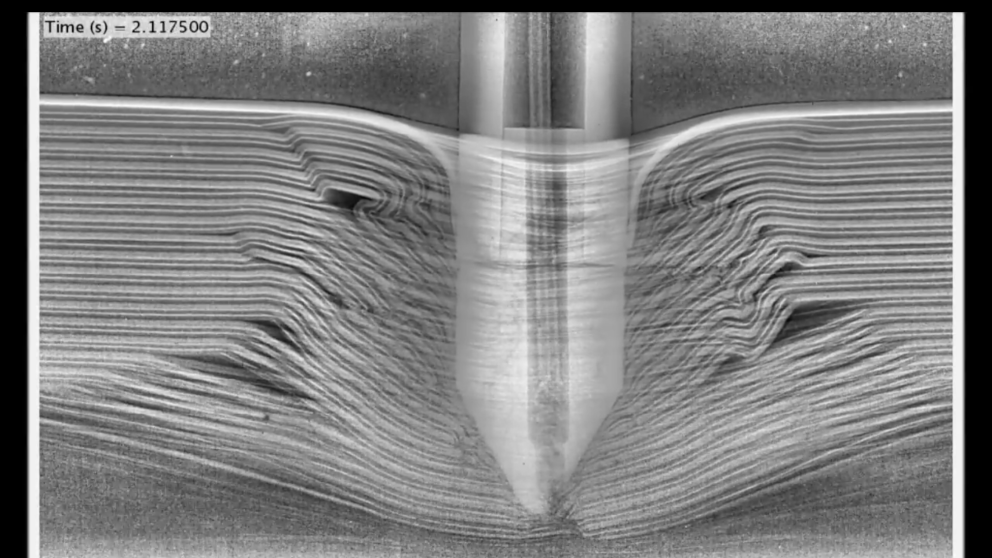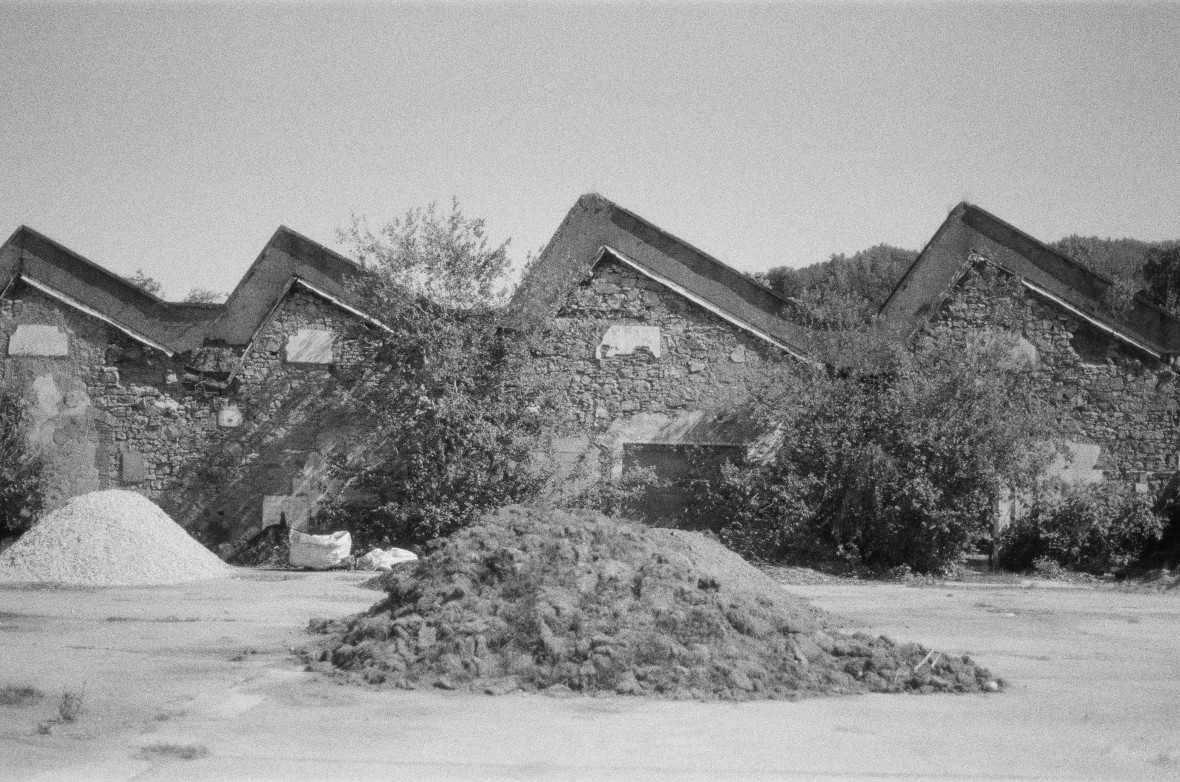KunstHaus Potsdam Shows "Planetary Transitions: Potsdam Artist Residency"
18.11.2025
We need food and clothing, warm homes, and probably electric cars and cell phones too. But global trade, energy production, and lithium mining take a heavy toll on the environment. How can we transition to a more sustainable way of life? This question lies at the heart of the exhibition Planetary Transitions: Potsdam Artist Residency at KunstHaus Potsdam, featuring works by Samir Dams, the Global Extraction Observatory (Eduardo Kairuz and Sam Spurr), and Studio HAAU (Angela Ka Ki Lee).

"There's a well-known song by the rock group R.E.M. called It's the End of the World as We Know It — and in many ways that’s exactly where we are at now. We humans have changed the earth so much that we can't go on living like this, but we don't yet know how the new world will look," commented Martin Gorholt, Chair of KunstHaus Potsdam art association, at the opening on 16 November. The exhibition explores the theme of Planetary Transitions — the global changes we face — through an artistic lens that is fractured, reflective, and critically engaged.
In addition to the overarching theme, the participating artists share one thing in common: they were all awarded a scholarship from the Arts and Media programme of the German Academic Exchange Service in cooperation with the City of Potsdam and the Research Institute for Sustainability. Yet their artistic approaches are strikingly different.
Samir Dams
The historic city centre of Belém, commonly known as Comércio, takes centre-stage in the works of Brazilian artist Samir Dams. In the exhibition, he displays T-shirts printed with photographs on one wall, capturing the vibrant activity and challenging working conditions of the Comércio. The images show traders using fans to combat the daytime heat and wearing yellow plastic capes to shield themselves from the frequent evening rain.
The installation of T-shirts on simple plastic hangers evokes a market stall itself—a small piece of Belém in Potsdam’s Jägervorstadt neighbourhood. Dams has also brought plastic waste along, transforming it into further installations. Using colourful plastic bags, tarpaulins, and adhesive tape, he creates works that sometimes take the form of people and market stalls, and at other times capture the movement and energy of the bustling market.
Dams does not criticize people for constantly shaping their environment. Instead, his focus is on how to engage with the traces they leave behind. From these traces, new objects, ideas, or aspects of cultural identity can emerge.

Global Extraction Observatory
The duo Global Extraction Observatory is presenting one of the outcomes of their Potsdam residency in the exhibition: the two Australian artists have been examining the impacts of lithium extraction. Lithium is often hailed as essential for moving away from fossil fuels, finding its way into wind turbines, smartphones, laptops, and electric car batteries. Yet this is only one side of the story. At KunstHaus Potsdam, Eduardo Kairuz and Sam Spurr combine social narratives and scientific analyses in a 25-minute video.
Their approach is shaped by their academic background in architecture. In lithium exploration, when a drill penetrates the layers of the earth, it is not only a functional or destructive act — it can also be visually striking. In their video, functionality and aesthetics intersect, much like in architecture. Other footage, such as protests against the expansion of the Tesla plant in Grünheide, highlights the environmental risks and social tensions associated with lithium mining. In the end, viewers are left with a complex impression: both the dangers and the striking beauty of this shiny, silvery-white metal.
Studio HAAU
The works by French-Hong Kong architect Angela Ka Ki Lee focus on the future of heat supply. Lee investigates both visible and hidden aspects of the infrastructure and energy systems that shape our cities. She presents architectural sectional drawings of building systems alongside geographical sectional drawings of the ground. In both cases—whether fossil fuels or geothermal energy—energy is transported over long distances, often out of sight.
The drawings, photographs, and accompanying texts invite viewers to engage more closely with the planet’s resources. On several dates in November and December, Lee will transform KunstRaum Potsdam into an interdisciplinary planetary research space, guiding visitors to explore and develop their own perspectives on the topic of heat.

Dialogue between culture, science and urban society
“The exhibition’s theme of planetary transitions is especially timely,” said Birgit-Katharine Seemann, Head of the Department of Culture and Museum of the state capital Potsdam. “With the UN Climate Conference taking place in Belém, it’s easy to feel that the discussions don’t always lead to tangible results. That’s why it’s so important for us to enter into dialogue. This exhibition is precisely about that: creating a space where culture, science, and urban society can meet.”
With their creative perspectives on society, the environment and culture, the three artists offer a wide range of ideas for the discussion on sustainable transformations.
Eindrücke von der Vernissage
Contact
